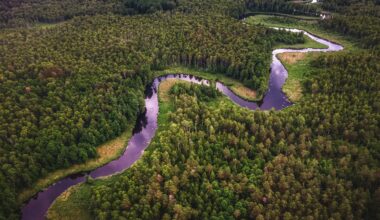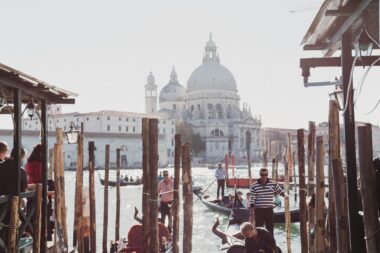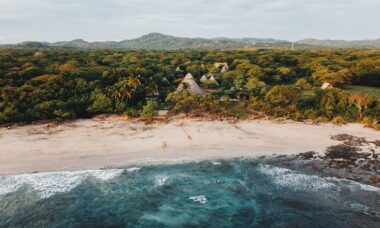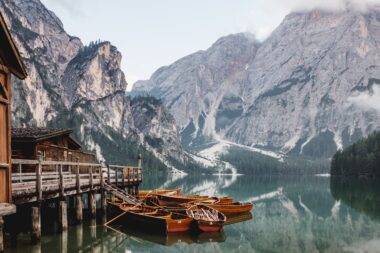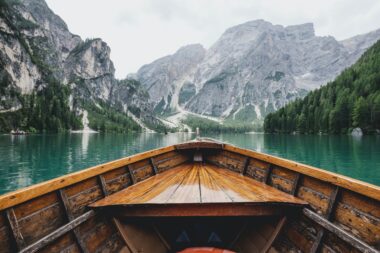Overtourism generally dominates the headlines these days with a growing number of places falling victim to the phenomenon. But what about the lesser known, and at this point, arguable more authentic places? From secluded islands to remote villages, these hidden gems beckon the adventurous to explore the wonders of sustainable travel. We cover 8 destinations that promise unforgettable experiences while helping preserve the planet for future generations.
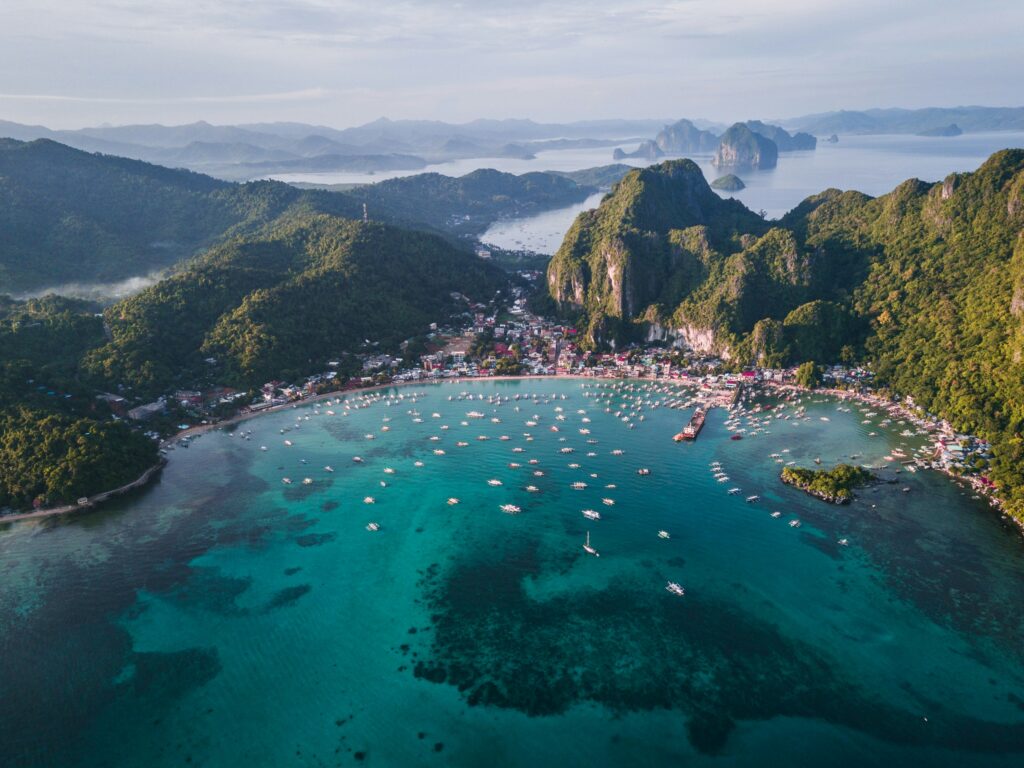
1. Palawan, Philippines
Tucked away in the westernmost part of the Philippines lies Palawan. A breathtaking archipelago renowned for its crystal-clear waters, lush rainforests, and stunning limestone cliffs. Known as the Philippines’ “Last Ecological Frontier”, the Province of Palawan has been inhabited by humans for more than 50,000 years. But it still offers pristine natural scenery and lots of hidden gems. While El Nido and Coron attract their fair share of tourists, lesser-known areas like Port Barton and the Calamian Islands offer a quieter escape.
Puerto-Princesa Subterranean River National Park is a UNESCO World Heritage Site, with one the world’s most impressive cave systems and an 8.2km long underground river. Visitors can immerse themselves in sustainable eco-lodges, participate in community-led conservation projects, and explore mangroves and forests teeming with biodiversity.
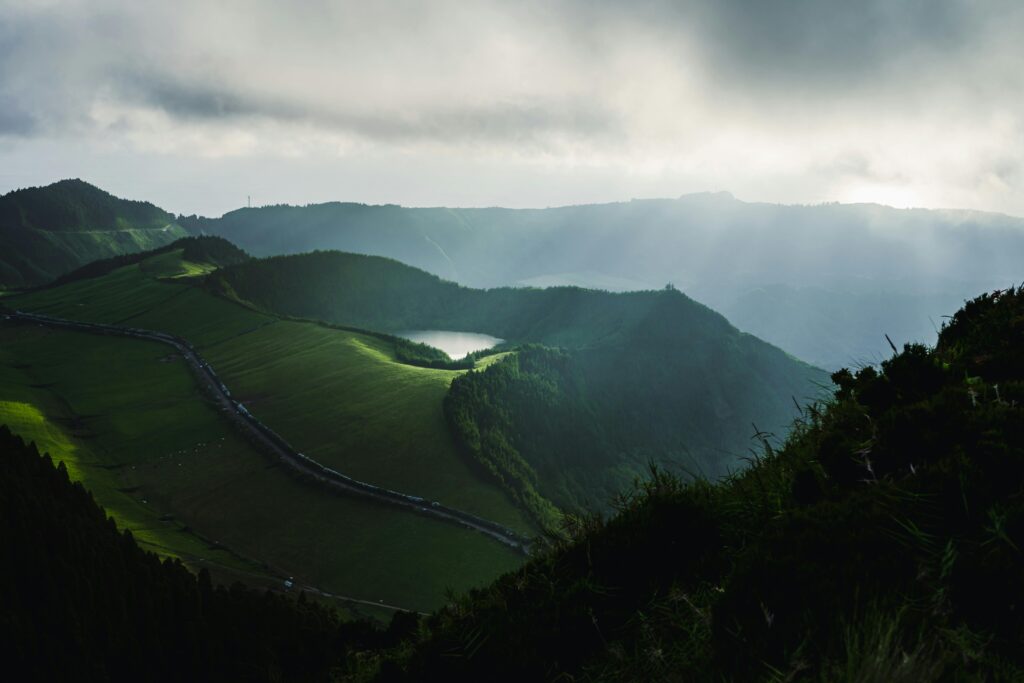
2. The Azores, Portugal
Situated in the middle of the Atlantic Ocean, the Azores is full of hidden gems for eco-conscious travellers. The nine islands, often referred to as the “Hawaii of Europe”, sit on top of the tallest mountains in the world, if measured from their base at the bottom of the ocean.
Sustainability is woven into the fabric of the Azores islands, offering travellers an authentic and environmentally-responsible experience. Approximately 25% of their land has been designated as Protected Areas, ensuring the conservation of their diverse landscapes. Keep an eye out for the islands’ “happy cows”. These cows graze freely in open pastures and can cause some traffic jams on the roads.
Pico Island, the second largest island, beckons visitors with its rugged beauty and unique cultural heritage, particularly its famed vineyards. Nestled amidst volcanic landscapes, Pico’s vineyards, known as “currais”, are a testament to human ingenuity and resilience. These UNESCO World Heritage vineyards, dating back to the 15th century, showcase traditional stone-walled plots meticulously constructed to protect the vines from harsh Atlantic winds.
Tourists can go on wine tours, wander through vineyards, and learn about the unique viticultural practices passed down through generations. Local wineries offer tastings to savour the fruits of Pico’s labor while soaking in panoramic views of the Atlantic Ocean.
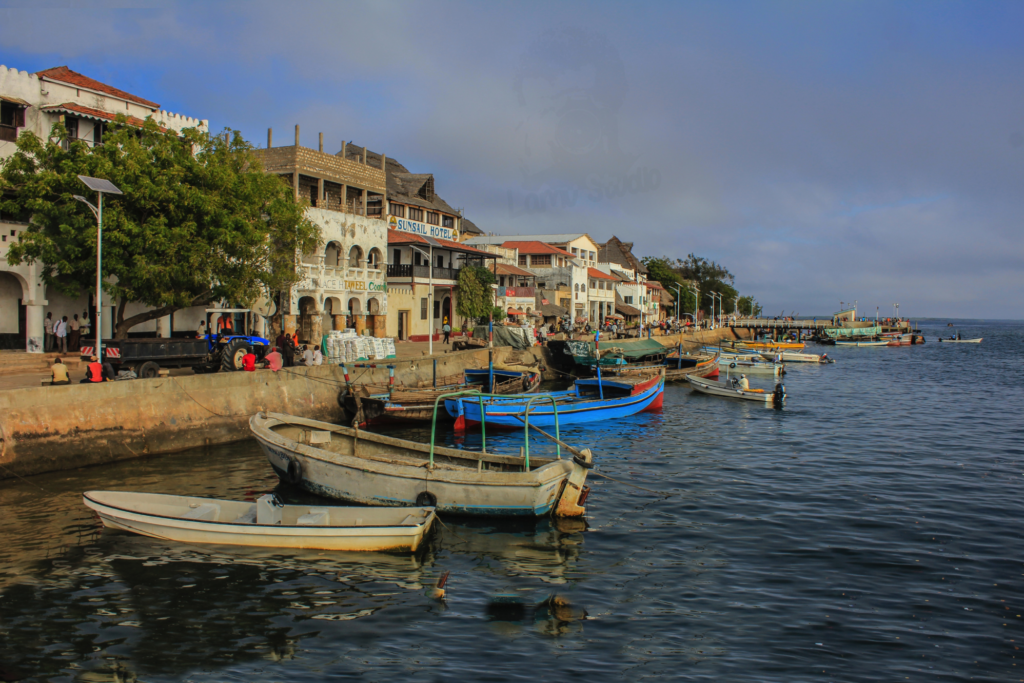
3. Lamu Island, Kenya
Sitting approximately 150 miles from Mombasa in the Indian Ocean, this UNESCO-listed island has a rich history and stunning natural beauty. Inhabitants on the island date back to the 12th century, with Lamu Old Town being the oldest and best preserved Swahili settlement in East Africa.
The pace on Lamu Island is pretty slow (or “polepole’ in Swahili). There’s about four cars in total but plenty of donkeys and boats to get you where you need to go. Visitors can explore ancient Swahili architecture, pristine beaches, and participate in community-based tourism initiatives supporting local livelihoods and environmental conservation.
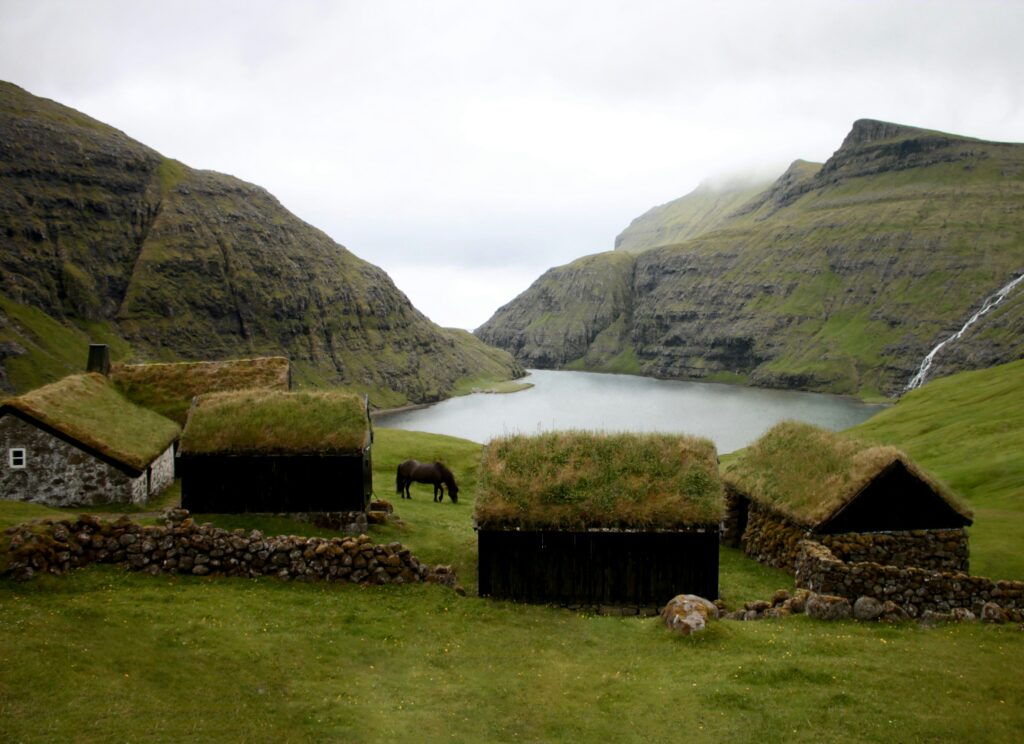
4. Faroe Islands, Denmark
Perched between Iceland and Scotland, the Faroe Islands offer a remote and unspoiled landscape perfect for travellers seeking solitude and adventure. The Faroe Islands are made up of 18 mountainous islands formed by volcanic activity 50-60 million years ago, which you can see in the islands’ black sand beaches.
From the Múlafossur Waterfall on Vagar island, to the Drangarnir sea arch beside the Sørvágsfjørður Fjord, there’s plenty of hidden gems to be discovered. And with a population of only about 55,000 people, it’s easy to get around without running into any crowds.
Reinforcing their commitment to sustainable regenerative tourism, the country shuts down tourist sites once a year, except for those that want to come volunteer. During these shut downs, volunteers come from all over the world to help maintain important cultural sites making sure they’re accessible well into the future.
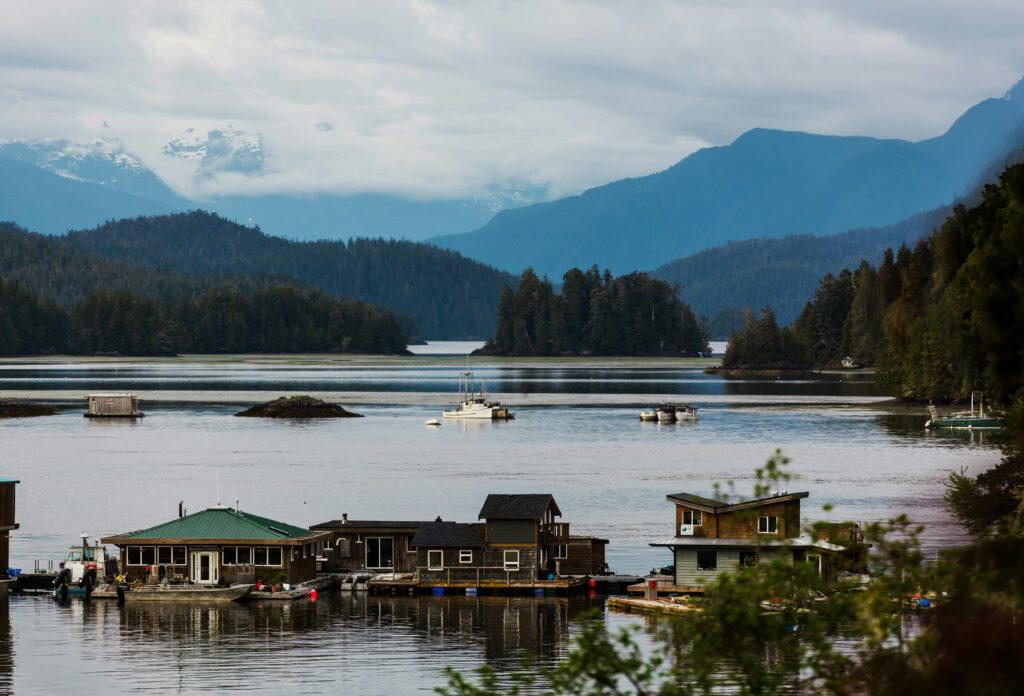
5. Tofino, Canada
Located on the rugged west coast of Vancouver Island, Tofino is a hidden gem renowned for its breathtaking natural beauty and vibrant surf culture. Despite its growing popularity among surf enthusiasts and nature lovers, Tofino remains committed to preserving its pristine environment.
Sustainable tourism initiatives are prevalent throughout the region, with eco-friendly accommodations, locally sourced cuisine, and community-led conservation projects. Travelers can explore the vast expanse of Pacific Rim National Park Reserve, embark on whale watching excursions, or simply unwind on the secluded beaches surrounded by old-growth forests.
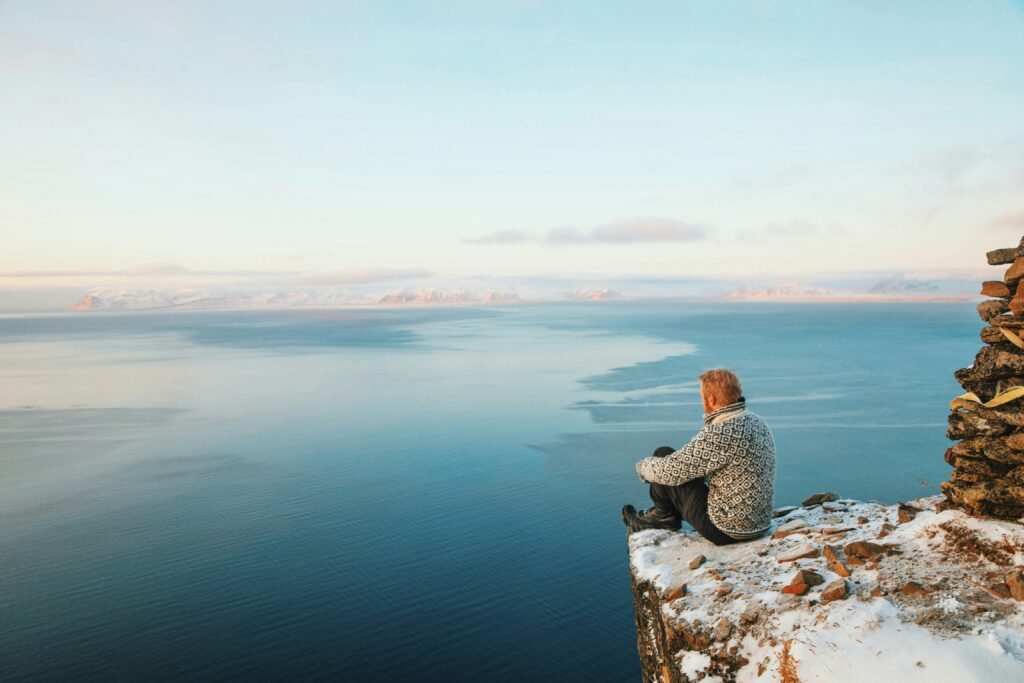
6. Svalbard, Norway
The Svalbard archipelago lies to the north of Norway, in the Arctic Ocean. This remote location boasts untouched Arctic landscapes and hidden gems, from glaciers and fjords to snow-covered mountains and polar bear sightings. Being home to the polar night, where its dark during the day too, there’s a good chance of spotting the Northern Lights on a trip to Svalbard.
Its sparse human population (only 2,459 people live here) help contribute to the preservation of its natural beauty and pristine wilderness. Tour operators in Svalbard take sustainability seriously with environmentally certified companies recommended for your adventures. These companies are dedicated to taking care of the environment and to minimising the environmental footprint of their business. Activities like polar bear viewing are conducted with respect for wildlife and their natural habitats ensuring minimal disruption to their environment.
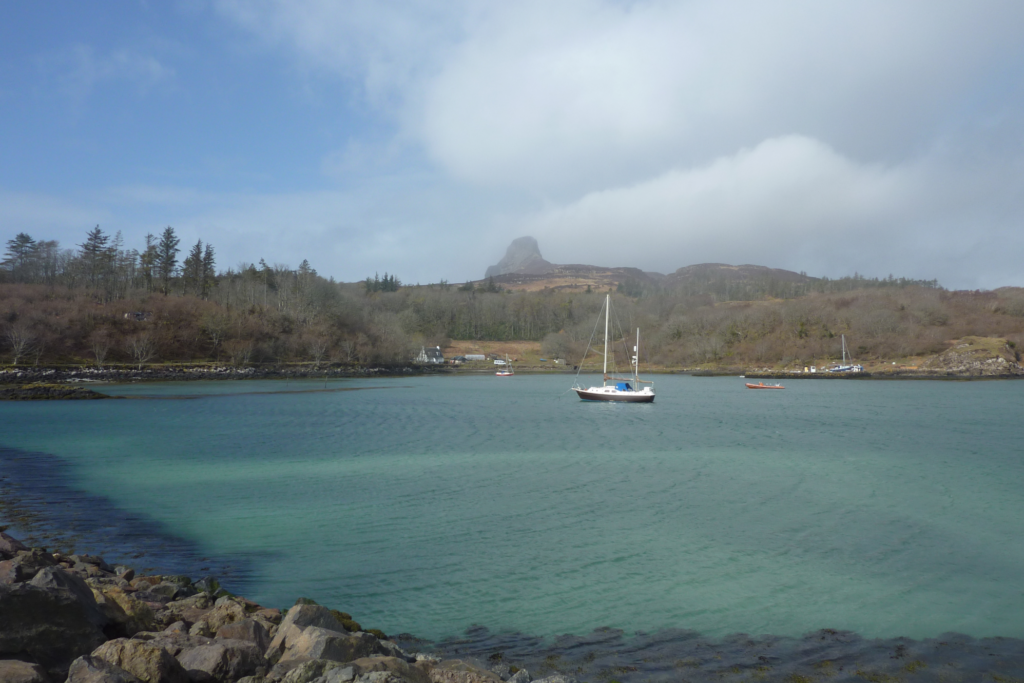
7. Isle of Eigg, Scotland
Located among the Hebridean Islands, the Isle of Eigg rests off Scotland’s western coast. Spanning just five miles in length and inhabited by a population of approximately 100 residents, this island operates solely on renewable energy.
You can walk the entire island in about two hours, which is a good thing considering there’s no cars allowed unless you’re a resident. You can also hire a bike if that’s your thing. Home to Britain’s largest pitchstone ridge, An Sgùrr, you can spot eagles soaring above the ridges and explore pristine white beaches like Laig Bay below.
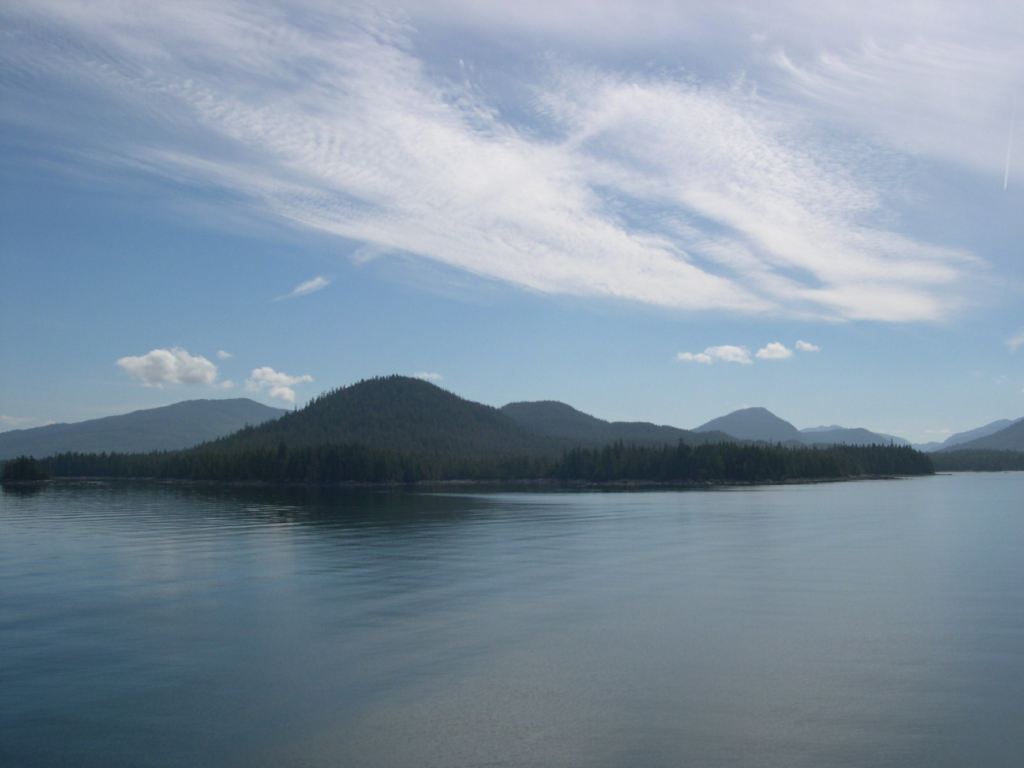
8. Haida Gwaii, Canada
Home to the Haida, Haida Gwaii is an archipelago off the coast of British Columbia that’s rich in indigenous culture and natural beauty. Dubbed the “Galapagos of the North“, travellers can immerse themselves in the rich traditions of the Haida people, explore ancient rainforests teeming with wildlife, and witness the spectacular sight of migrating humpback whales.
In 2006, Anthony Island and the village of SG̱ang Gwaay Llnagaay earned UNESCO World Heritage Site status, further solidifying the area’s significance as a cultural treasure.
Visitors to Haida Gwaii are invited to show yahguudang/yahgudáng (respect) and to be a conscious explorer of the wild. By taking the Haida Gwaii Visitor Pledge and contributing to the Haida Gwaii Stewardship Fund, tourists can show their commitment to visiting Haida Gwaii sustainably.
The information provided in this article titled is intended for informational purposes only. While efforts have been made to ensure the accuracy and reliability of the content, readers are advised to conduct their own research and exercise discretion before making travel plans or decisions based on the information presented.

